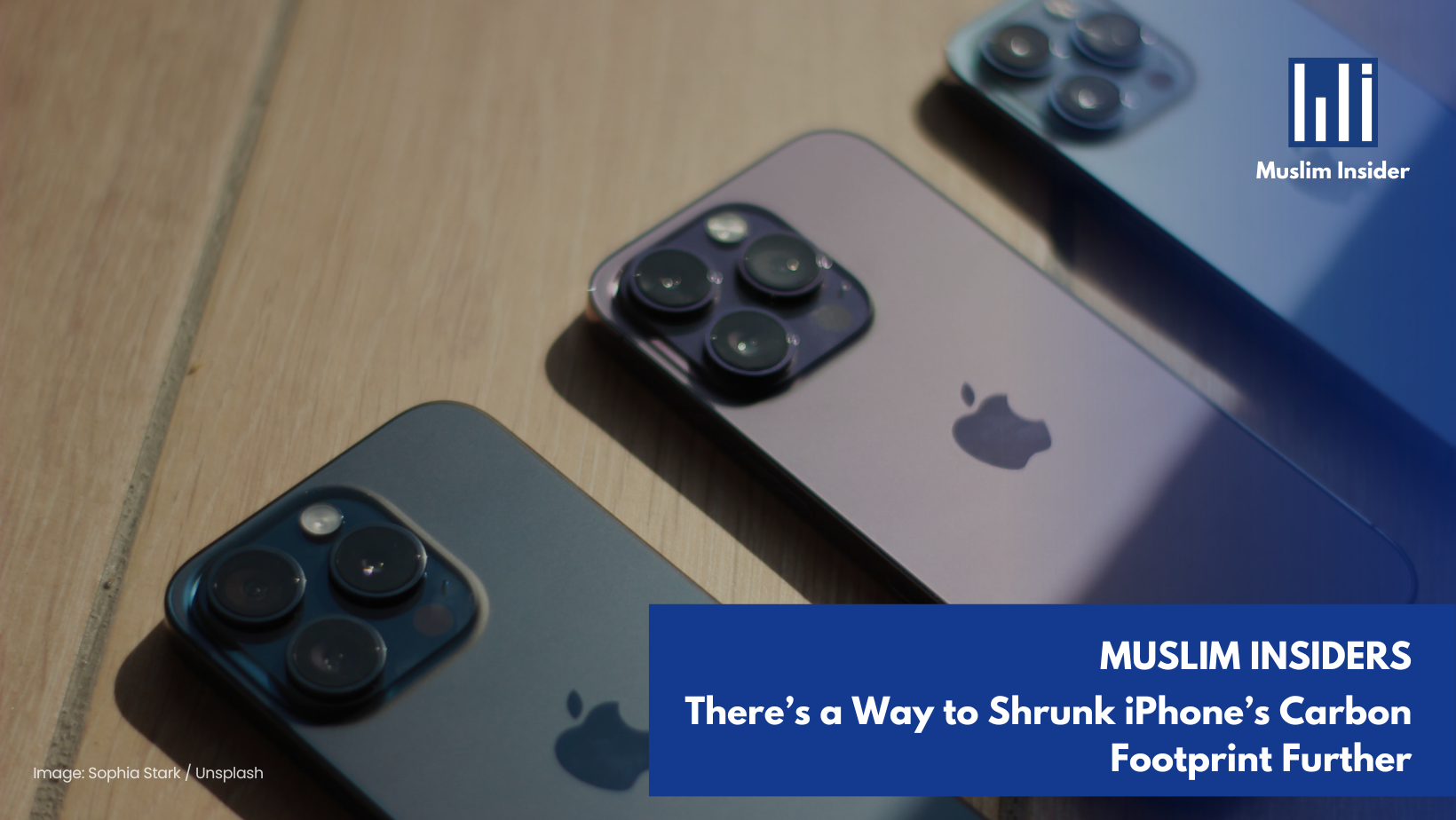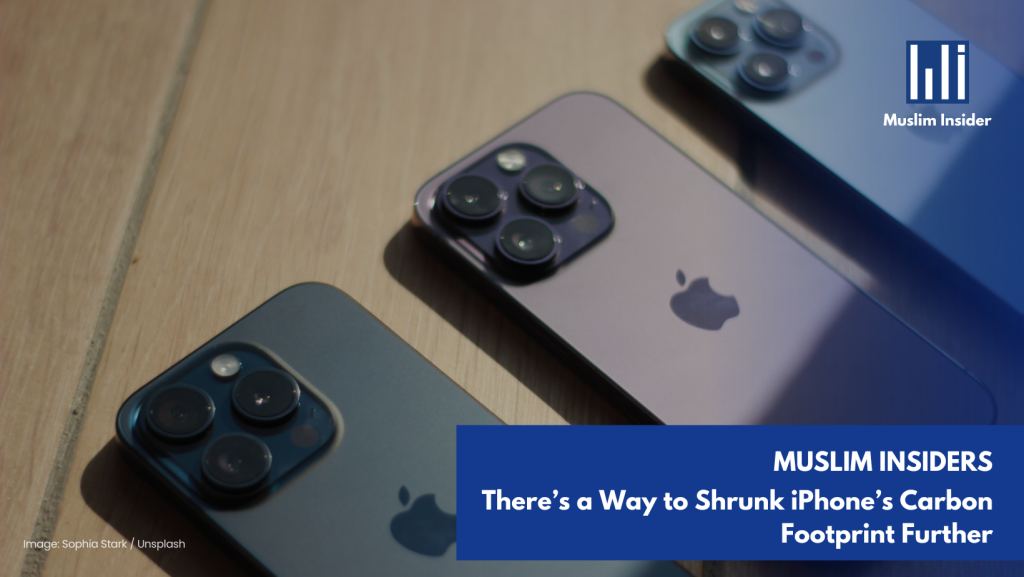

Apple has released several products this year, such as the iPhone 15, Apple Watch Series 9, new Macs and the new HomePod. Out of all the products, the iPhone 15 has always gotten its own attention.
Over the past three years, Apple has reduced its carbon footprint by over 35%. The Apple Watch itself is built with 30% recycled material, as stated by Apple CEO Tim Cook about greenwashing and using rare metals.
The iPhone 15’s carbon footprint is 1% higher than the iPhone 14 Pro. Despite that, the iPhone 15 Pros’ carbon footprint decreased by about 30% when compared to a company-defined baseline, and Apple mostly did not use plastic packaging. The phone also has a large variety of 100% recycled elements, including cobalt in the battery, gold in the USB-C connector, and copper foil in the inductive charger—all firsts for the massive Silicon Valley technology company.
Even though their progress towards environmental efforts is huge, experts see it as a red herring to turn public attention away from the bigger problem. Tim Cook has explained this in a brief interview at an Apple data center and solar power facility in Denmark on various environmental issues. He said that there is a reason why they are so open about their environmental efforts, despite being secret about them. With this, other companies could follow suit. He is also aware that Apple has more improvements to make in terms of renewable power and recycled materials to reach its environmental goals.
“Recycling is actually a distraction,” says Gary Cook, who directs global climate campaigns at environmental NGO Stand.earth. When it comes to lessening climate impacts, repair is much more important,” Cook says.
The latest iPhone 15 model showed that approximately 80% of its total carbon emissions are associated with its production. Bloomberg says this means that the longer consumers hold onto the devices, the more carbon dioxide emissions will be prevented.

Using an existing phone is better than buying a phone made up of recyclable items; it not only saves their wallet but also saves the planet, says Andreas Nobell, a manager at TCO Development, a Swedish institute that certifies green electronics.
While at that, an Apple spokesperson said that they are improving Apple’s longevity and making it more durable, as well as ensuring older devices could run new software updates.
There are so many warnings about Apple’s repairability that the iPhone is unable to determine if a particular component is genuine. This brings problems to those who run electronics repair businesses because it “locks out most [independent] repairs”. The iPhones also faced problems when swapped with several components, such as losing access to Face ID. iFixit testing showed the latest iPhone 15 Pro has a low repairability score, which triggered many error warnings or malfunctions when replaced with non-genuine iPhone parts.
iPhone’s low repairability has become an issue since the iPhones will just end up in the recycling facility or landfill, which contradicts their goals to become carbon neutral by 2030. “[That’s] bad for the environment because the embodied energy in manufacturing is so high,” says Kyle Wiens, who runs the electronic repair business.
In recent years, Apple has stepped up to take an environmental approach, which has reduced emissions by 45% since 2015, increasing 65% of revenue. Their goal is to achieve below 75% greenhouse gas emissions by the end of this decade.
“The greenest device is the one you already have,” Lepawsky says.
Source: Bloomberg




